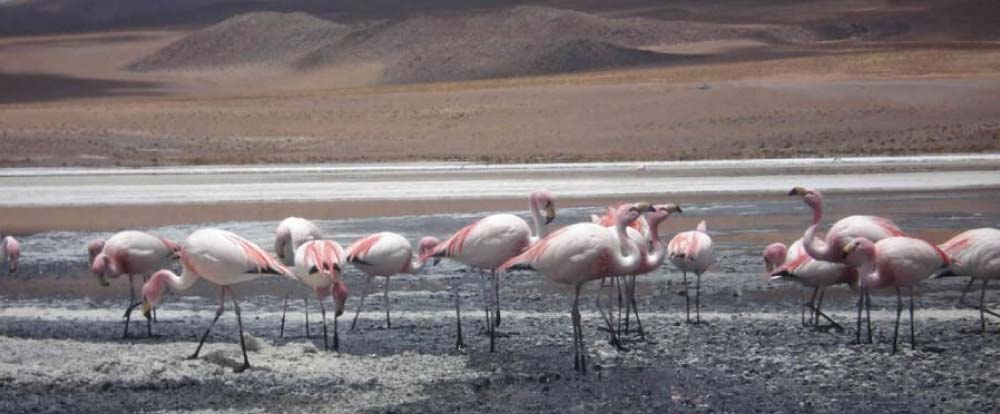About Bolivia
The most indigenous country in South America
Bolivia: now officially known as the Plurinational State of Bolivia, is a landlocked country in central South America.
Capital: Sucre (official), La Paz (administrative)
Largest city: Santa Cruz
Area: 1.1 million sq km (424,164 sq miles), 98.7% land and 1.3% water
President (2023): Luis Alberto Arce Catacora
Population: Around 12 million (2023) World Bank
Government: Presidential system, unitary state, Republic
34 Official languages including: Spanish Language, Quechua, Aymara language, Leco language, Puquina Language, Mòoré Language, Chiquitano language, Baure Language, Sirionó language, Kallawaya, Movima language, Canichana language, Itonama Language, Cayubaba language, Uru language, Araona Language, Ayoreo language, Tacana language, Pacahuara language, Chácobo language, Reyesano language, Tapieté Language, Cavineña Language, Wichí Lhamtés Nocten
Major religion: Christianity
Ethnic groups (2010): 55% Amerindian; 30% Mestizo; 15% White
Life expectancy: 65 years (men), 69 years (women) (UN)
Currency: 1 boliviano = 100 centavos
Main exports: Soyabeans, natural gas, zinc, gold, silver, lead, tin, antimony, wood, sugar
GNI per capita: US$1,810 (World Bank, 2010)
Ancient Bolivia
The people of Bolivia were civilized for hundreds of years before the Spaniards conquered the area. The city of Tiahuanaco was founded in what is now Bolivia about 400 BC. At its peak it had a population of about 40-50,000 and its people created great works of architecture. They also worked in pottery, silver, copper and obsidian.
Around AD 400, Tiahuanaco went from being a locally dominant force to a predatory state.Tiahuanaco expanded its reaches into the Yungas and brought its culture and way of life to many other cultures in Peru, Bolivia, and Chile. However, Tiahuanaco was not a violent culture in many respects. In order to expand its reach, Tiahuanaco exercised great political astuteness, creating colonies, fostering trade agreements (which made the other cultures rather dependent), and instituting state cults.[
From about 700 AD onwards Tiahuanaco ruled a great empire in Bolivia and southern Peru.
Around 1000 AD archaeologist believe that a dramatic shift in climate caused a major drought.
When even the very advanced raised field method of agriculture couldn’t provide the Tiahuanaco empire with enough food anymore, it fell apart and was replaced by small states.
In the 15th century the Incas conquered Bolivia and adapted parts of the culture and skills that were left from the Tiahuanaco culture.
However in 1533 the Incas were in turn conquered by the Spanish.
In 1545 silver was discovered at Potosi and the Spanish used forced labor to mine the Silver. Many of the Indians who were forced to work in mines died there. Many more died of European diseases.
On August 6, 1825 Bolivia became independent from Spain and Gran Peru. The new nation was named Bolivia in honor of the Simon Bolivar the hero of the independence movement.
However the new republic of Bolivia faced an economic depression and many silver mines were abandoned. Bolivia became a backward and impoverished state.
Until present day independent Bolivia lost 3 wars and each time a big piece of important land. The first war was against Chile, when Bolivia lost its access to the coast, the second against Brazil and the last against Paraguay.
Until 2013 the country has been ruled by no less than 195 different governments, which makes it understandable that it wasn’t easy to create stability.
In 2005 left-wing Evo Morales was elected president. Many things can be said about how he leads the country, but after he was re-elected in 2009 he now (2013) still remains president in a country that hasn’t known stability for a long time.
After his re-election Morales changed the country’s name from the “Republic of Bolivia” to the “Plurinational State of Bolivia” in recognition of the multi-ethnic nature of the country and the enhanced position of Bolivia’s indigenous peoples under the new constitution.
Today Bolivia remains a poor country, rich in mineral resources, including one of the biggest lithium reserves in the world, but (yet) unable to properly use them.
Another yet to be properly explored resource could be tourism. Beautiful sceneries, colorful cultures and an abounded wildlife could turn Bolivia into a great tourist destination. Check out our Tours in Bolivia and don’t be worried about your safety in Bolivia.



Comments